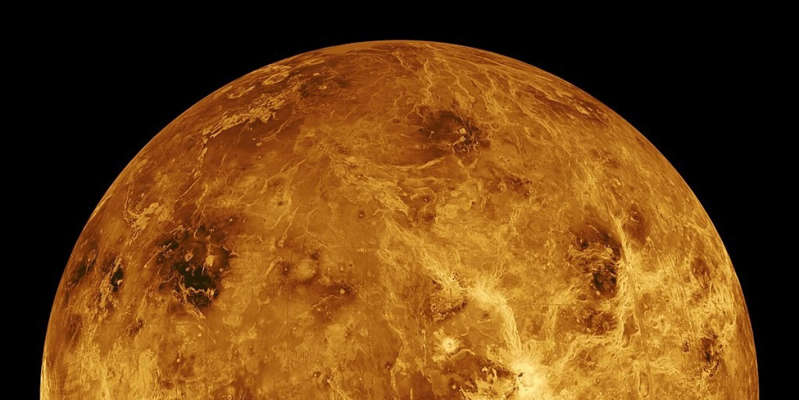Signs of tectonic activity noticed on Venus
Scientists have discovered signs of activity on Venus, which may indicate a similarity of this planet to Earth. Research has shown that parts of Venus's surface move like Earth's continents, PNAS reports.
“We have identified a previously unknown pattern of tectonic deformation on Venus, which is caused by internal motion, just like on Earth,” said planetary scientist Paul Byrne of North Carolina State University.
Scientists have emphasized that Venus is only superficially similar to Earth. They are similar in size and geological composition. But these planets followed completely different evolutionary paths, and it is still unknown why.
The authors of the new study mapped the surface of Venus using radar images taken by NASA's Magellan probe in the 1990s. They noted that low-lying areas show signs of large-scale movement, namely shear stresses and deformations from movements and interactions of large blocks of the earth's crust.
The team performed computer simulations. It showed that the convective flow beneath Venus's crust could cause observable features if the planet's outer crust were shattered into large chunks.
“Plate tectonics on Earth is caused by convection in the mantle. A variation on this theme seems to be playing out on Venus as well. Huge mountain ranges or giant subduction systems, as on Earth, are not created here, but this is evidence of deformation due to the internal flow of the mantle, which we did not suspect before, ”the authors of the scientific work noted.
Scientists came to the conclusion that this tectonic activity did not occur in ancient times, but in our time and can still continue. Earlier it became known about the probable volcanic activity of Venus. The number of active volcanoes can be in the tens.

